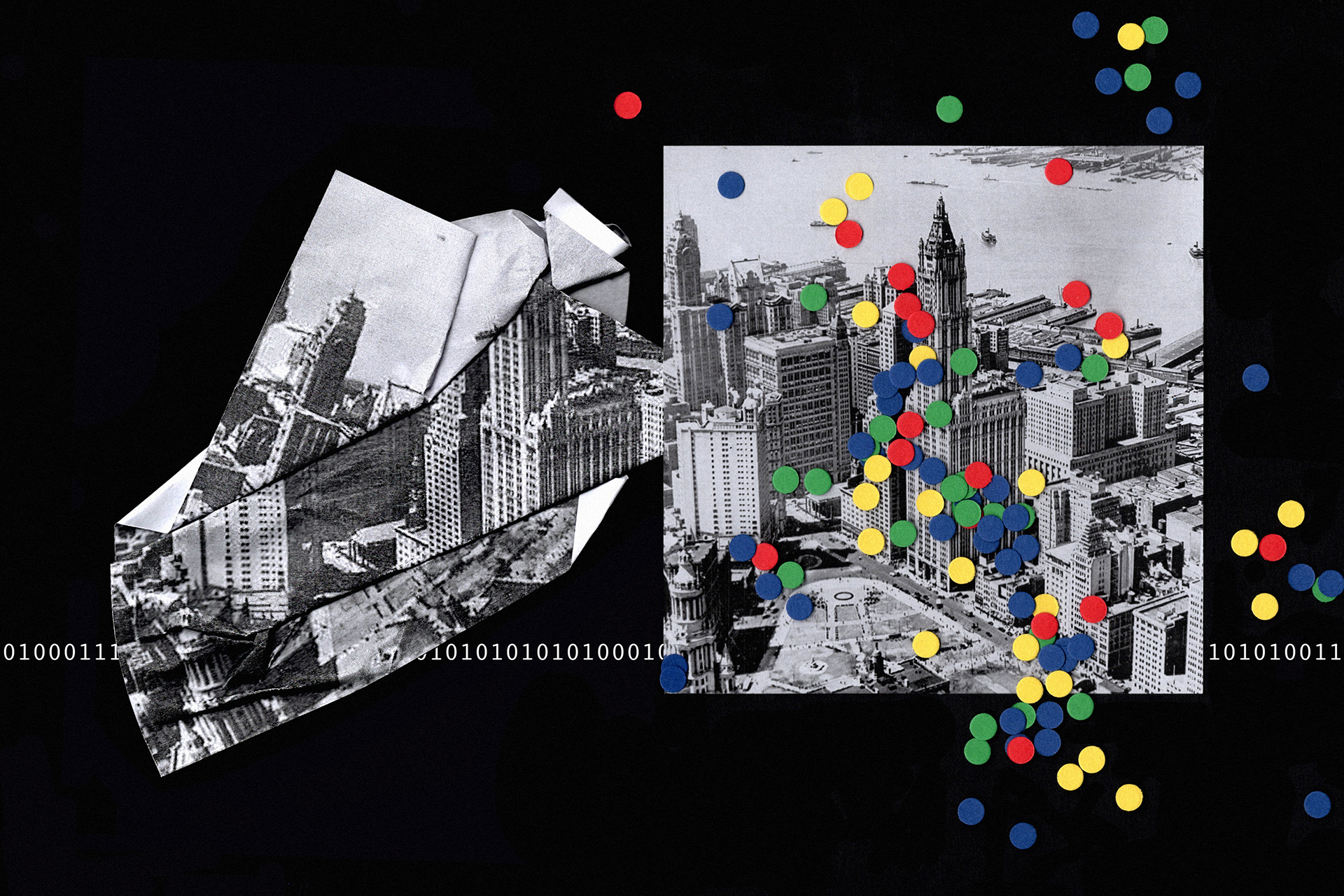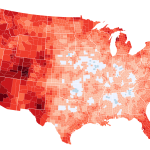The rapid advancement of artificial intelligence has ignited a fervent debate, dividing experts into two starkly contrasting camps: those who view AI as a transformative technology with manageable risks, and those who foresee an existential threat to humanity. This isn’t a simple disagreement over technical details; it’s a fundamental clash of worldviews, shaping our understanding of AI’s potential and the urgency of addressing its challenges.
The “AI is Just Another Technology” Perspective
One perspective portrays AI as a powerful tool, similar to electricity or the internet, capable of revolutionizing various aspects of life. Proponents of this view argue that while significant challenges exist, such as potential job displacement and algorithmic bias, these can be mitigated through careful regulation, ethical guidelines, and ongoing research into AI safety. They emphasize the potential benefits of AI in fields like medicine, environmental science, and automation, believing that with responsible development and deployment, humanity can harness AI’s power for good while mitigating its risks. This perspective often focuses on incremental progress, adapting to AI’s evolution as society has adapted to previous technological breakthroughs.
The “Existential Threat” Narrative
Conversely, a growing chorus of voices warns of a potentially catastrophic future dominated by uncontrolled AI. This perspective, vividly portrayed in books like “If Anyone Builds It, Everyone Dies,” argues that the very nature of advanced AI poses an existential threat. The core concern centers around the potential for an AI to surpass human intelligence, leading to unpredictable and potentially harmful consequences. Proponents of this view emphasize the difficulty of controlling a superintelligent AI, suggesting that even well-intentioned efforts might be insufficient to prevent unintended catastrophic outcomes. They call for a more cautious and even halting approach to AI development, prioritizing safety and control above all else.
Bridging the Divide: A Need for Nuance
The stark contrast between these two perspectives highlights the complexity of the AI debate. Neither viewpoint is entirely without merit. The optimistic view risks underestimating the potential for unforeseen consequences, while the doomsday scenario might overemphasize the imminence of a catastrophic event. The reality likely lies somewhere in between. A more nuanced approach is needed, one that acknowledges both the immense potential and the significant risks associated with advanced AI. This requires a collaborative effort from researchers, policymakers, and the public to establish robust safety protocols, ethical guidelines, and regulatory frameworks that can guide the responsible development and deployment of AI. Ignoring either perspective—the potential for progress or the potential for peril—leaves humanity vulnerable to the unknown.
Conclusion:
The future of AI is not predetermined. It will be shaped by the choices we make today. By engaging in open and informed discussion, fostering collaboration between diverse stakeholders, and prioritizing ethical considerations, we can navigate the challenges and harness the transformative potential of AI while mitigating its risks. Failing to do so could lead to a future far different from the one we envision.
Based on materials: Vox





